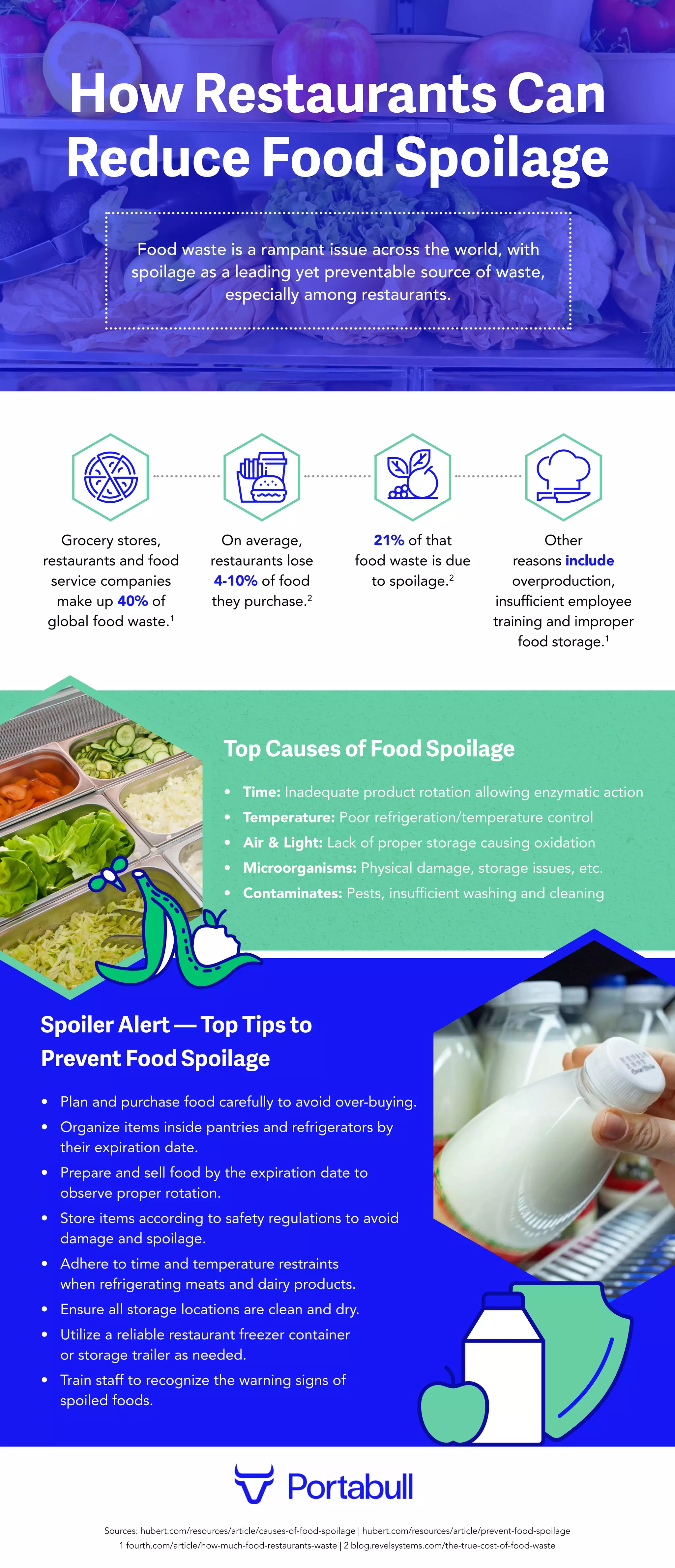Operating a successful restaurant is an incredible challenge on every member of the staff. The level of dedication required to ensure customers come away from a dining experience at a restaurant they can be proud of will take immense amounts of effort. On top of this effort, the restaurants also have to place extra considerations around minimizing food spoilage and waste. Now more than ever, food waste is a prominent problem across the world. Annual counts of food waste have grown to just over one billion tons annually according to the UN Environment Program; with restaurants being one of the main contributors to the figure. On average, a single restaurant is responsible for anywhere between 25,000-75,000 pounds of food waste per year. More and more restaurants are placing an importance on attempting to reduce their amount of contributed waste. One of their major efforts in doing so has been thoroughly understanding the specific demands of the restaurant in terms of the food served. When this process is optimized, restaurants can be sure they’re purchasing only what’s necessary and thus can reduce their propensity toward over-buying. Similarly, placing more of an importance on reducing food spoilage has been very effective. Prioritizing effective storage, product rotation, and temperature control can help avoid any food product falling into the spoiled category. Do you believe your restaurant could benefit from reducing its waste? Read on to the infographic accompanying this post for more information on how to reduce food waste and spoilage.
How Restaurants Can Reduce Food Spoilage this infographic was contributed by Portabull Storage, the premier choice for an electric reefer trailer


